TLI
TPF Noob!
- Joined
- Mar 11, 2007
- Messages
- 125
- Reaction score
- 0
- Location
- Plymouth State University
- Can others edit my Photos
- Photos OK to edit
I guessed it right away, since it looks like the mosquito and they are in fact cousins. its just the non-biting half, which is what gave it away


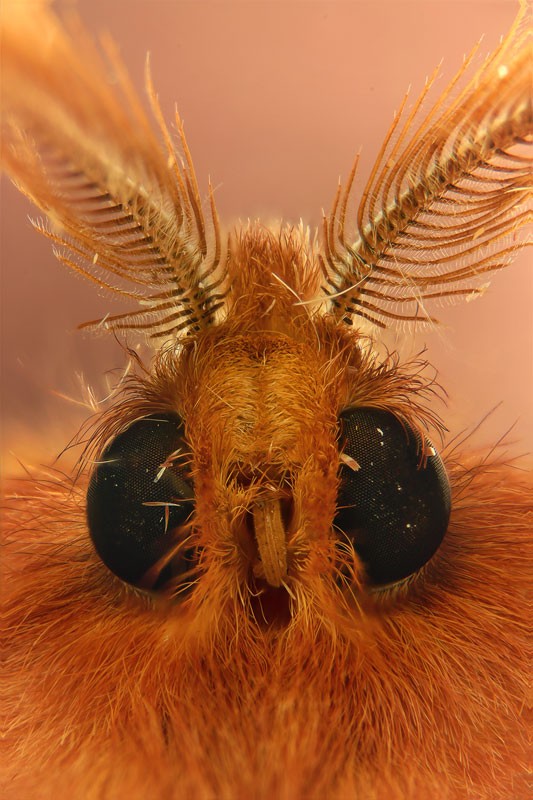
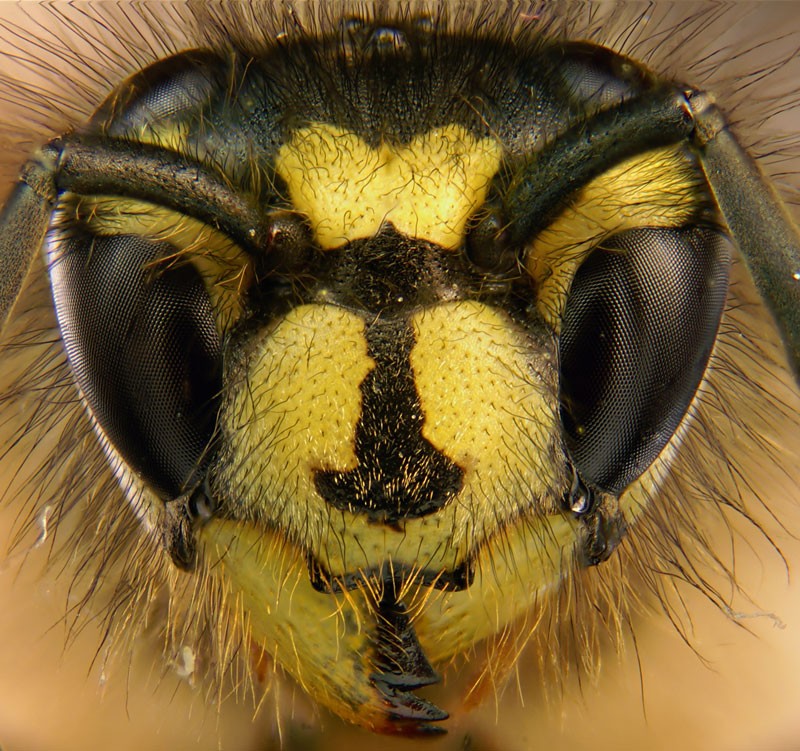
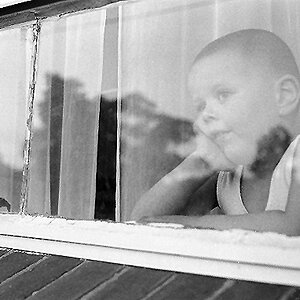

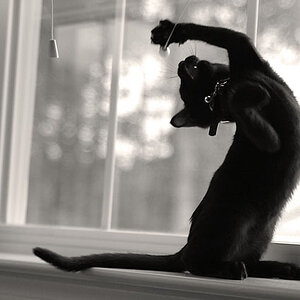
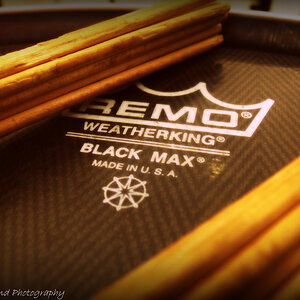
![[No title]](/data/xfmg/thumbnail/37/37625-7e132688457d56e50320a8c99a79fe38.jpg?1619738154)
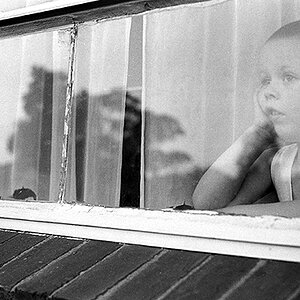
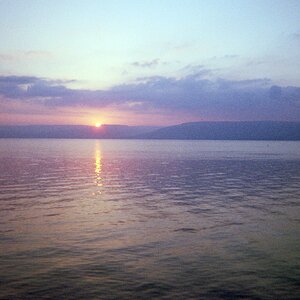



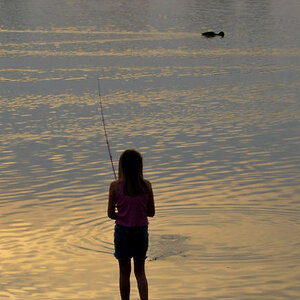
![[No title]](/data/xfmg/thumbnail/37/37626-4a6ffc3f17ab3a8e97170fda3276640e.jpg?1619738154)